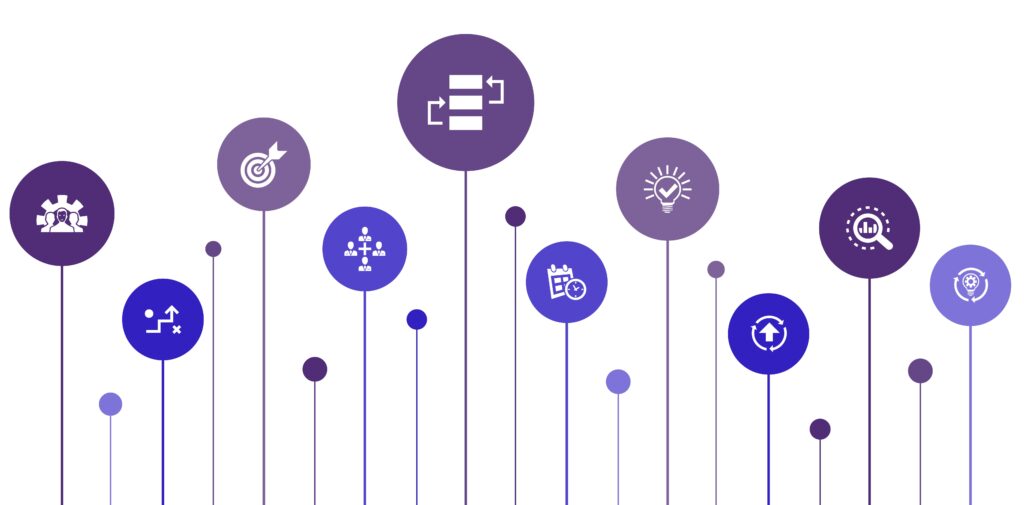
What are Risk Analysis and Assessment Techniques?
Risk analysis and assessment techniques are methods used to identify, evaluate and prioritize risks that an organization may face. Some of the commonly used risk analysis and assessment techniques are:
Brainstorming: It is a group technique used to generate a list of potential risks and their impacts.
SWOT Analysis: SWOT (Strengths, Weaknesses, Opportunities, and Threats) analysis is a strategic planning tool used to evaluate the internal and external factors affecting an organization.
Scenario Analysis: It involves analyzing different possible scenarios to determine the likelihood of each scenario and the impact it may have on the organization.
Fault Tree Analysis (FTA): It is a deductive technique used to determine the root cause of a failure or an event by constructing a logical tree-like diagram.
Event Tree Analysis (ETA): It is a graphical technique used to evaluate the potential outcomes of an event or a series of events.
Failure Mode and Effects Analysis (FMEA): It is a structured approach used to identify and evaluate potential failures and their effects on a system or process.
- Quantitative Risk Assessment (QRA): It is a technique used to quantify the likelihood and consequences of a risk event by assigning numerical values to the probability and impact of the event.
- Monte Carlo Simulation: It is a computational technique used to simulate the likelihood and impact of various risk events by generating random values based on the probability distribution of each event.
